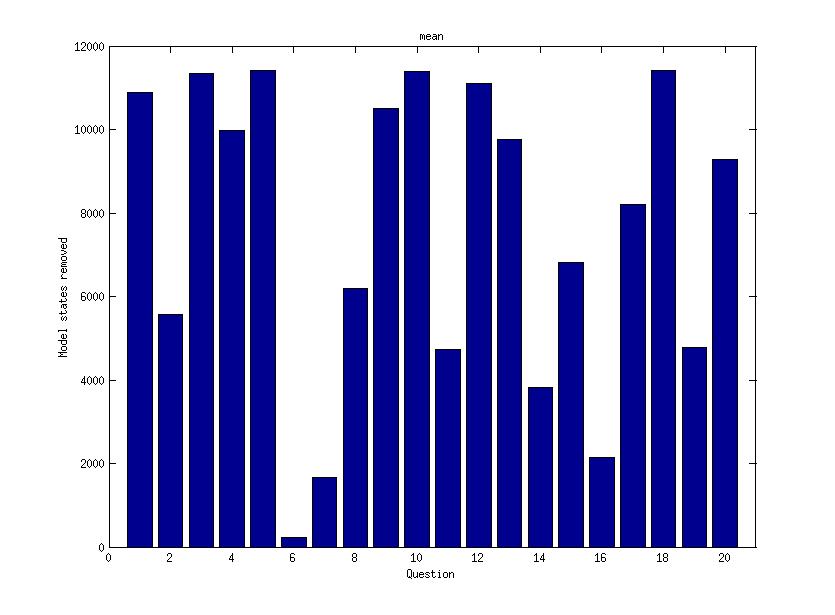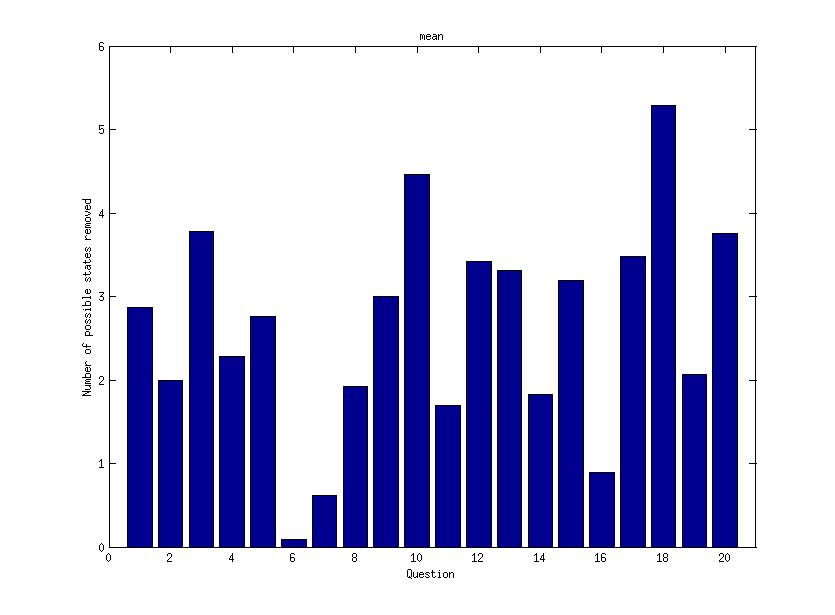In the game of 'What's My Number?' players are not allowed to ask questions. They will only answer questions.
The game we modeled is loosely based on the game Code 777
(Tricoda in The Netherlands). The goal of the game is to use the
knowledge gained by the answers of other players to deduct the numbers
you have.
In 'What's My Number?' three players draw two numbers at the start of the game from a pile of nine numbers. These range from 1 to 9. Players cannot see the numbers they drew but they are able to see which numbers the other players have drawn. This leaves five possible numbers to be on a player his own board in ten different combinations.
Each turn a player draws a question card from a pre-shuffled deck and answers the question. These answers provide the other two players with information on what their own board looks like from another players perspective. The questions we provided in the game are:
Because there are twenty questions and three players we can reuse the pre-shuffled game stack by just resetting it after it has been emptied and letting the game continue. This way we make sure every player answers each question once. We implemented this because we some games would not have a winner after twenty turns
There are two possible sources of information in the game:
As an additional feature we added an option where we let players choose the question they want to answer in the game. This was suggested by Barteld Kooi and therefore we named this variation of the game Kooi's Choice. With this option turned on players will try to minimize the information gain for other players by choosing to answer the question which releases the least amount of information. This is based on the amount of states made impossible by an answer to a question When a question is answered it is still removed from the stack so every question will be handled at least once. Just like in the original game the question stack is renewed when empty. Our first hypothesis about this feature is that it will take much longer for games to end. A consequence of this will be that there are more games that do not have a winner after 60 turns (3 times the question stack).
Kooi's choice is an interesting variation of the game because the amount of information other players gather by an answer differs a lot per question. To get an idea of the average information gain of each question, we simulated 7560 games and kept track of the number of states made impossible by the answer to each question. During these games, each question was posed approximately 3600 times. We have two distinct ways of determining the information gain:

Figure 1: Mean information gain per question full model

Figure 2: Mean information gain per question in true state